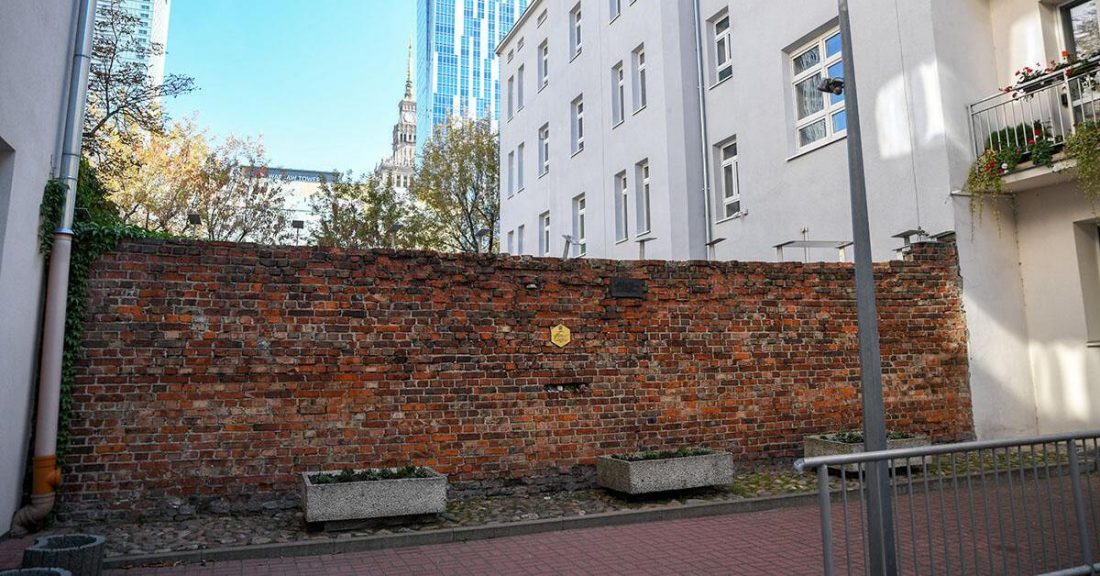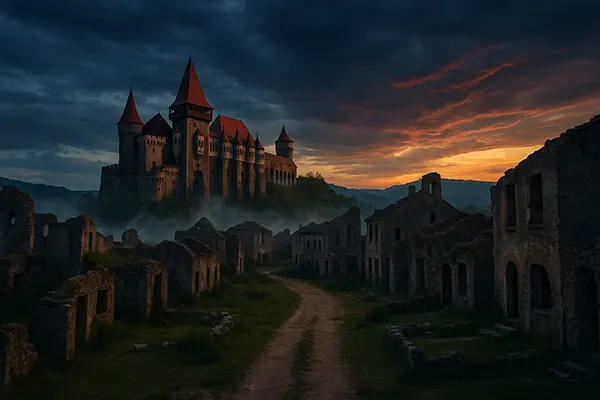
Warsaw Ghetto

World War II brought a lot of grief to Europe. The number of victims is staggering, but even more staggering is the attitude towards the Jews. Their mass extermination provoked anger, fear, horror and other similar feelings. Entire camps, called Jewish ghettos, were set up for this kind of “cleansing”. The largest one in Europe was in the Polish capital, Warsaw.
Jewish community
The year 1939 was the start of World War II. In September, the German army occupied Warsaw, which at the time had the largest Jewish community, numbering about 380,000 people. From the start of the occupation, its representatives were subjected to mass persecution. They were deprived of housing, property and finances. Jews were sent to hard labour and excluded from using public transport.
In 1940, the “Jewish residential district” was created on the territory of Warsaw by the “governor of the Warsaw district”, Ludwig Fischer. The area was located in the northern part. Subsequently, the area was cut off from the others by a wall. The wall was 3.5 m high. The barbed wire made it difficult to climb over.
All Jews became residents of the ghetto. If they stayed outside the ghetto they were shot. Members of the community were forcibly relocated here from all other districts of the city and from the surrounding areas as well. The conditions were so terrible that people did not even have enough space to sleep.
The horrors of the ghetto
The German literary critic Marcel Reich-Ranicki was one of the survivors of the Warsaw ghetto. He said that the area was characterised by monstrous overcrowding, which led to appalling hygiene problems. Deadly illnesses resulted, such as tuberculosis, typhoid fever and so on. Every day in the morning one could observe a growing number of corpses, which were later buried in mass graves.
While the Jewish community was literally dying, their place of residence served as a fascinating attraction for the Third Reich. There were bus tours of the quarter. Groups were given walks to the cemeteries, but no compassion was shown. What is more, they were curious about the barn where they had set up a storehouse for the dead bodies.
Another reason for the mass deaths was hunger. The German authorities allowed a maximum of 184 calories a day. At the same time, on their orders, the Poles received 634 calories and the Germans 2310 calories. Therefore, the corpses in the “famous” barn looked like skeletons stacked by the dozens.
The uprising in the ghetto happened on April 19, 1943. Only a few hundred rose against 2,000 Germans armed to the teeth. The unequal fighting was also characterized by weapons. Guns and incendiary mixtures were used against German artillery, modern weapons. Naturally the uprising did not stand a chance, but the attempt went down in history.
Consequences
The world’s attention to the tragedy was aroused after one event. In 1970, German Chancellor Willy Brandt knelt down in front of a monument to those who were considered to be the heroes of the Warsaw Uprising. His gesture was described as a confession of guilt for the atrocities committed by the German army. But the Polish media have shown a disregard for the gesture.
Popular articles
-
 Kyoto: Japanese Minimalism, Tea Ceremonies, and Zen Gardens
Kyoto: Japanese Minimalism, Tea Ceremonies, and Zen GardensKyoto stands apart as Japan’s heart of tradition. Far from …
-
 Timeless Cities: Why You Should Visit Mtskheta, Georgia
Timeless Cities: Why You Should Visit Mtskheta, GeorgiaMtskheta, one of the oldest cities in Georgia, is more …
-
 Mystical Destinations of Europe: Haunted Castles and Ghost Towns
Mystical Destinations of Europe: Haunted Castles and Ghost TownsEurope is steeped in centuries of legends, wars, love stories, …
